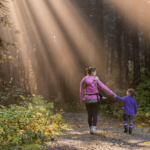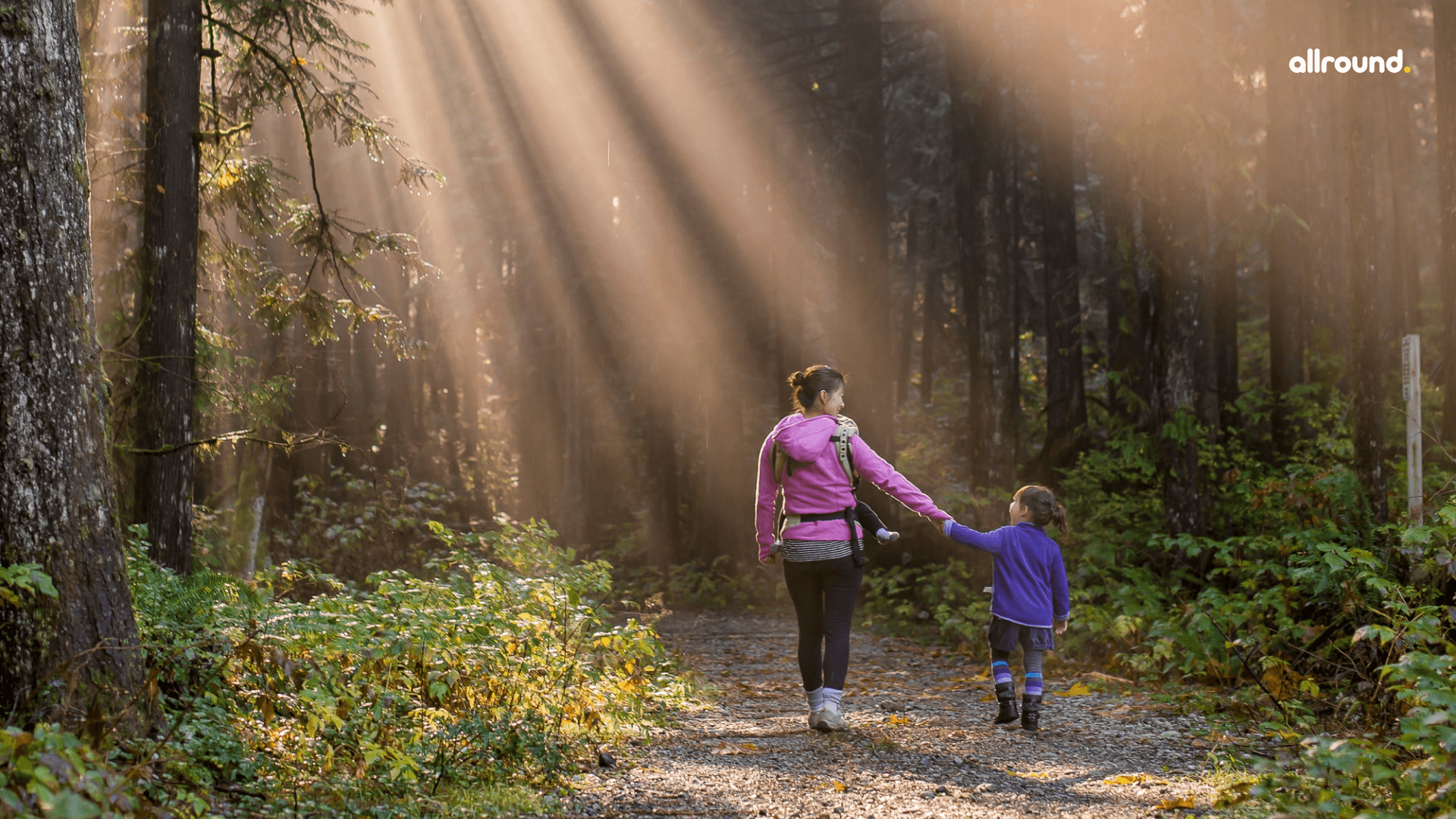10 Rules for Taking Young Children on a Nature Hike4 min read
Nature is so relaxing and fresh. It’s also so uplifting to hear the birds singing and the smell of fresh air. While it’s hard to imagine that the outdoors is not important, it can be very beneficial for our well-being. According to a study, being active for at least two hours a week can improve our health and well-being. Nature can also improve kids’ physical and mental health. While going on a nature walk encourages children to pay attention to the things around them, they will also learn to focus their attention on the details of the environment.
Contents
What is a Nature hike?
A nature hike is a great way to get outside and explore the world. It’s also a great way to connect with your child. Instead of using a phone or tablet, nature walks are hands-on explorations that provide a unique perspective on the world.
Benefits of Nature hikes
- There are many benefits to choosing to spend time in nature. For children, this can help improve their emotional, physical, and cognitive well-being.
- This type of activity helps develop their social, emotional, and physical development.
- Studies suggest that being in nature can help children develop self-esteem and calm them down, which can help them manage ADHD.
- Being outside helps children develop and improve their physical health. It also encourages creativity and imagination.
- Being in the natural world can improve a child’s well-being. It can also help them develop a passion for being outdoors.
Rules for Taking Young Children on a Nature Hike
1. Exploring Slugs
This is a great way to introduce children to nature. When exploring slugs, poke them with a stick and watch them extend and withdraw their antennae. You can then leave the slug to continue its solitary slide across the trail.
2. Easy Flower bouquets
There are so many flowers lining the path that it makes for a beautiful nature hike. The kids can easily pick the flowers that they see. Little girls will pick the perfect flower to give to their mother.
3. Dandelion project
When they learn that the dandelion seeds are actually dandelions, they will want to collect as much as possible. This project involves filling the pockets with dandelion fluff and playing with it. The goal is to spread the dandelion fluff all over the front yard.
4. Birdies Everywhere
There are thousands of birds in the lake. They go to the lake to feed or swim around it. The seagulls can also be heard squawking by the bay. This is a great activity for a small children to do while they’re busy playing. They can either chase the birds away or fly up in the air and watch them fly away.
5. Feed the birds
Even better than the birds are having fun chasing them! It’s a great way to spend time with the kids and watch them chase the birds. You can also bring birdseed, fruit, and bread along for the walk. This will keep the kids busy as they watch the birds eating and catching.
6. Throwing rocks in the lake
Kids are very confident that rocks are not on the ground and can be retrieved by them in the lake. They will spend many hours finding the objects that they can throw into the water. Then the child will run out of rocks, and they will take off their shoes and throw them into the water.
7. Ambushed kids
Trees that grow just off the trail make great hiding places. When the kids run ahead, they dart behind a tree. As you walk by, the kids will run around and try to scare you. It’s a bit of a fun way to keep the kids busy. However, it gets old as they keep ambushing you for miles.
8. Jump into puddle and water
It is an unwritten rule that if you see water and mud, you must jump in. You must smear all over your clothes and go home dripping wet. Mud is a great way to introduce kids to different activities, such as making mud pies.
9. Move with the flow
The kids start slow. They may stop and look for a leaf or a gold nougat. The second speed is faster than a snail. Young kids will also stop and investigate the discovery of gold. Suddenly, the children move forward, and suddenly, panting parents no longer have to hold back as their kids run away with the grass. Instead, they’re forced to move with the flow of the children.
10. Get enough time
Plan ahead and enjoy the walk. Set aside time to get comfortable and enjoy the walk. Instead of focusing on the birds and flowers, give them plenty of time to play and throw rocks at the trees. They won’t grow up and start chasing the animals again.
Conclusion
Nature’s power can be felt in the simplest settings. By intentionally exploring it, you and your children can open the door to new adventures and better health. Enjoy your Nature Hiking!





